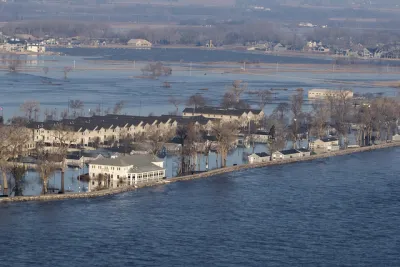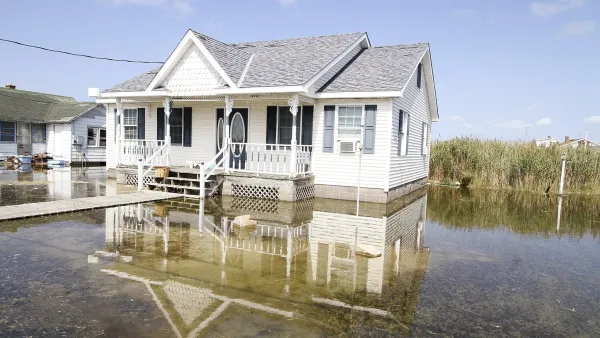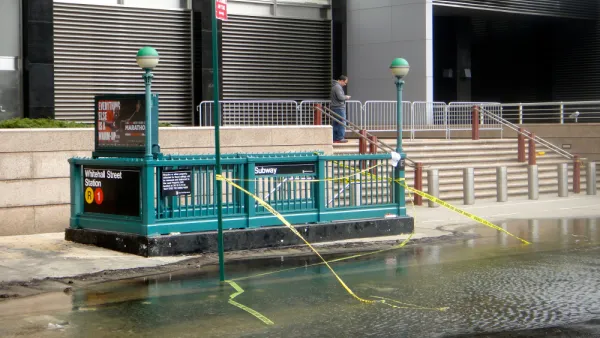The floodwaters still haven't subsided in parts of the Midwest, and lessons about climate change, extreme weather and proactive planning are badly needed to avoid similar catastrophes in the future.

Marshall Shepherd convened a panel of experts to examine lessons from the flooding that has ravaged the Midwest over the past week. Here's the lineup of experts:
- Brian Bledsoe, University of Georgia Athletic Association Professor of Resilient Infrastructure.
- Barb Mayes-Boustead, National Weather Service Meteorologist Instructor.
- Forbes Tompkins, Officer, Flood Prepared Communities, The Pew Charitable Trusts.
- Witold F. Krajewski, Rose & Joseph Summers Chair in Water Resources Engineering and Director, Iowa Flood Center.
- Mike Chesterfield, Director of Weather Presentation, The Weather Channel.
- Ken Dewey, Regional Climatologist, University of Nebraska.
- Steve Bowen, Director and Meteorologist, Aon.
Among the big points made in the analysis reported by Shepherd: the bomb cyclone was a "perfect storm" in its confluence of tragic events; other environmental factors played a role, like snowpack; and infrastructure played a role:
Most of the panel agreed that a combination of weather, water, climate, and infrastructure failure led to the disaster. Mayes-Bousted paraphrased a message from the U.S. Army Corp of Engineers that "all of the engineering around the Missouri River and its tributaries is designed to keep the majority of floods at bay, but not the most extreme of events."
In addition to discussion on other aspects of the disaster, the panel also made recommendations for how to move forward and better prepare for future extreme weather events. The state of Iowa's response to floods in 2008 is offered as one example to emulate.
A separate article by Gabriel H. Sanchez provides a photo series to illustrate the extent of the devastation.
FULL STORY: Four Lessons From 'Bomb Cyclone' Flooding In The Great Plains

Analysis: Cybertruck Fatality Rate Far Exceeds That of Ford Pinto
The Tesla Cybertruck was recalled seven times last year.

National Parks Layoffs Will Cause Communities to Lose Billions
Thousands of essential park workers were laid off this week, just before the busy spring break season.

Retro-silient?: America’s First “Eco-burb,” The Woodlands Turns 50
A master-planned community north of Houston offers lessons on green infrastructure and resilient design, but falls short of its founder’s lofty affordability and walkability goals.

Test News Post 1
This is a summary

Analysis: Cybertruck Fatality Rate Far Exceeds That of Ford Pinto
The Tesla Cybertruck was recalled seven times last year.

Test News Headline 46
Test for the image on the front page.
Urban Design for Planners 1: Software Tools
This six-course series explores essential urban design concepts using open source software and equips planners with the tools they need to participate fully in the urban design process.
Planning for Universal Design
Learn the tools for implementing Universal Design in planning regulations.
EMC Planning Group, Inc.
Planetizen
Planetizen
Mpact (formerly Rail~Volution)
Great Falls Development Authority, Inc.
HUDs Office of Policy Development and Research
NYU Wagner Graduate School of Public Service




























